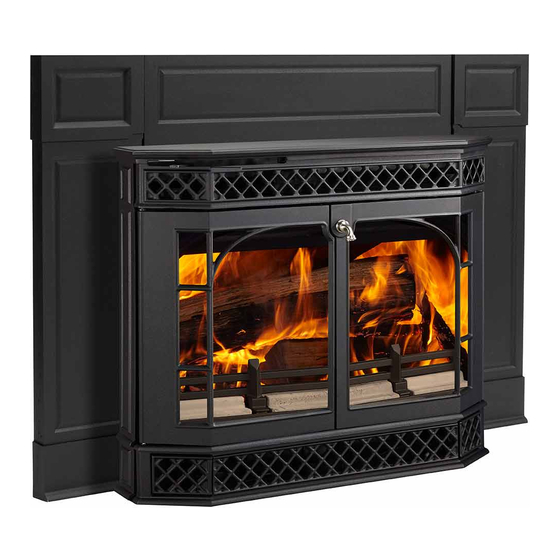Thanks for all your replies.
@jetsam - you hit it on the head: in my opinion the Merrimack is in your first category - an EPA emissions solution slammed on as an afterthought. Disappointingly so from VC, ruining an otherwise fine and beautiful insert.
@moresnow - exactly the same problem as you describe, my "fix" for the Merrimack is the same as yours by closing up the secondary air.
@ED 3000 - glass stays clean, sometimes a bit of white ash coating in the morning but that burns off with when the new batch of wood gets going. In the cold spell recently with temps around 15-F daytime, we turned off the geothermal heat pumps (they don't work well in that cold) and relied purely on the Merrimack in the living room and a Winterwarm in the basement to heat a drafty 3400 sq ft old stone house for 5 days straight. The glass was a bit glossed over after a week but cleaner than the Winterwarm which gets sooty in a day no matter what.
@EatenByLimestone - can't say at this time, we have it cleaned out every 2 years and have not done so since the fix of 2015 (due now). I don't expect a difference because it runs just as hot as before. I can't measure flue temp easily, not accessible.
@webby3650 and in general on this thread:
The primary air opening size is 2 square inches, damping it down closes this almost entirely, perhaps 1/2 sq inch open. The two secondary air openings on the other hand are about 3 square inches each with no ability to choke it down. (I'm going from memory about sizes when I had the thing apart, but the ratio is what matters, secondary about 3 times primary. And no control.)
Before the fix, it made NO difference when you close off the primary all the way. If it made a difference it was so small that you could not tell watching it for minutes before and after. Two cubic feet of fuel would be gone in 4 hours. I believed and proved that was on account of the secondary intakes that remained fully open.
After blanking off the secondary intakes, now when we close the primary it does exactly what you expect - within seconds the flames settle with a steady swirl like any other good firebox. Open it up and within seconds the fire responds.
So we are burning 1/4 the firewood simply because it is not wasting it up the chimney in uncontrollable flames. In my opinion, overall emissions is lower as I tried to explain at the onset.
Just measured the steady but small fires now which has been going since this morning, the Merrimack at 550-F, the Winterwarm at 600. They will idle along like this all day long with two small feeds each, then a large load at bedtime. Huge difference since castration.



![[Hearth.com] If your VC Merrimack uses too much wood [Hearth.com] If your VC Merrimack uses too much wood](https://www.hearth.com/talk/data/attachments/254/254892-94c0c2944b00d3b05b0185c18c13d61b.jpg?hash=cCsWNydgt7)